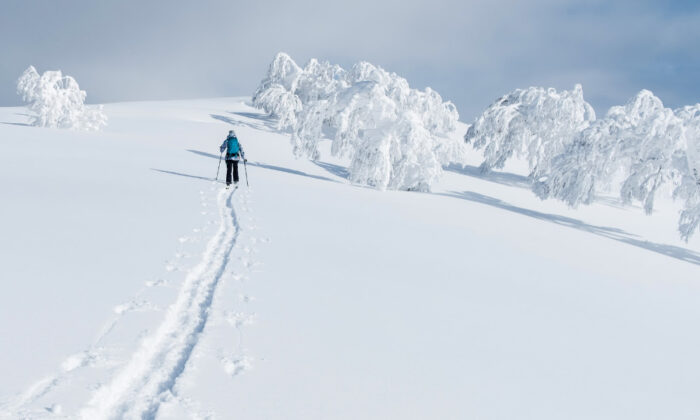Japan’s geography has a significant effect on its weather. Because the islands of Japan stretch nearly 3,000 kilometers from north to south, there are significant differences in the weather. In most of the major cities, including Tokyo, the weather is considered temperate. Travel north to the island of Hokkaido, home of the renowned Sapporo Snow Festival, and the climate is colder with frequent snowstorms in the winter months. Travel to Okinawa, the southernmost prefecture, and you will find a subtropical climate with the mean temperature in January sitting at 16 degrees Celsius (66.2 degrees Fahrenheit).
Japan’s four seasons occur at about the same time as in the United States.
Spring
Springtime in Japan is a favorite for tourists because of the warm periods. You can judge springtime by its blossoms. It begins with the plum blossoms, followed by the peach blossoms. The world-renown cherry blossoms begin to bloom at the end of March in the southern part of the country and in the middle of May in the north. If you’re traveling during this time, you may want to check the schedule of festivals to celebrate this rite of spring in Japan.
Summer
The summer begins with a damp rainy season. July is noted for its sunny and humid days in which the temperature can get to more than 30 degrees Celsius (86 degrees Fahrenheit). In Tokyo, the temperature can rise to 35 degrees Celsius (95 degrees Fahrenheit). This is a busy traveling season with many local festivals that occur. Plus, there are lots of firework exhibits to watch – a favorite activity for both visitors and residents.
Autumn (Fall)
Just as spring in Japan is known for cherry blossoms, autumn is known for mild weather and chrysanthemums. Many travel experts believe this is the most beautiful time of the year with the harvest and fall foliage. The fall festivals stretch from early September to early November.
Winter
There is a variance in the winter experiences in Japan, depending on the geography. Cold seasonal winds hit Japan toward the end of November causing rain and snow on the western side of the country. The Hokuriku region (Fukui, Ishikawa, Toyama and Niigata prefectures) is separated from other parts of Japan by mountains and is known for its heavy snow. On the side of the country that faces the Pacific Ocean, winter is much milder. For example, in Tokyo, the temperature in the winter averages about 5 degrees Celsius (41 degrees Fahrenheit). During the winter, visitors may want to consider visiting one of Japan’s many ski resorts. The area around ski resorts often includes onsen (hot springs), a Japanese winter tradition. Winter is also filled with local festivals. One of the most celebrated is the Sapporo Snow Festival.




